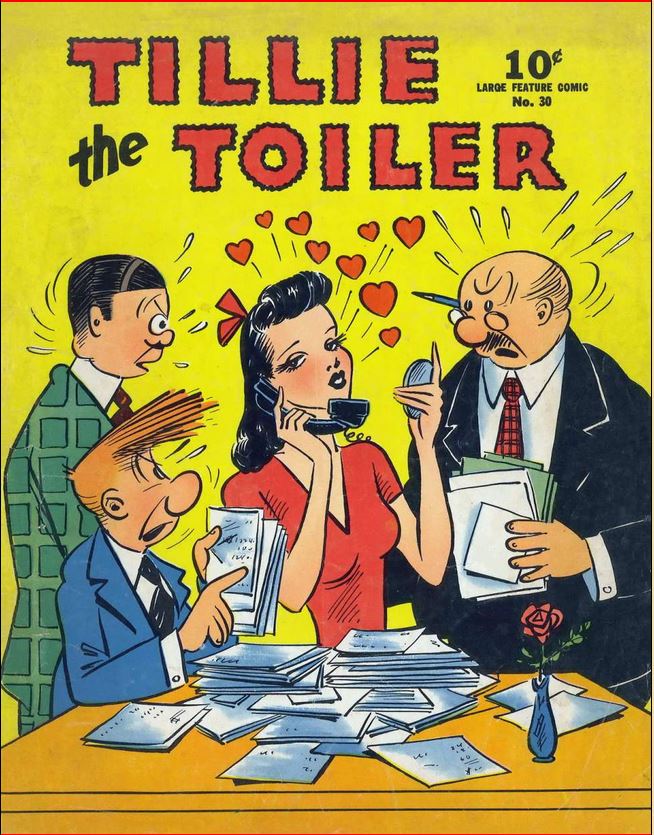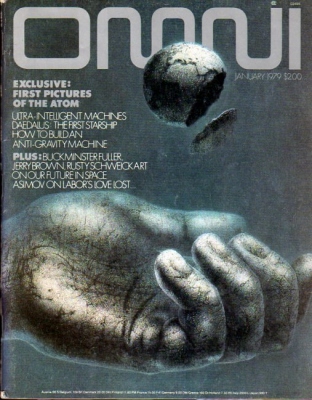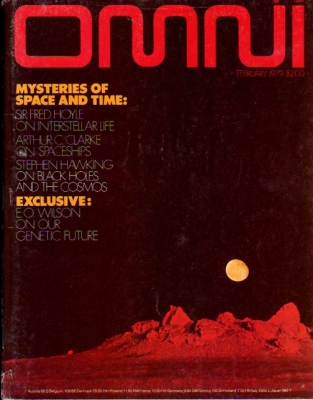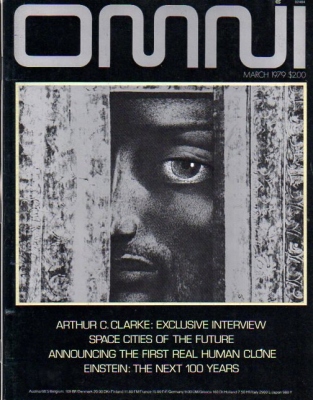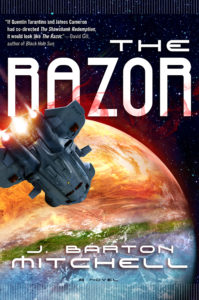Hither Came Conan: Fred Adams on “The Black Stranger”
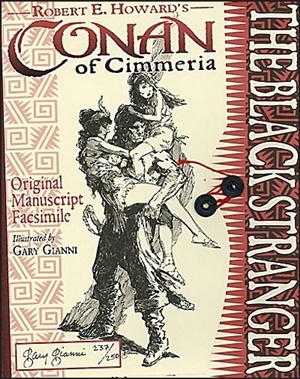
Welcome back to the latest installment of Hither Came Conan, where a leading Robert E. Howard expert examines one of the original Conan stories each week, highlighting what’s best. Fred Adams talks about “The Black Stranger.” Which was a story that Howard failed to get published, was rewritten without Conan, and still rejected. Fred takes a brand new look at the story. Read on!
Conan as Picaro in “The Black Stranger”
There are days when I ask myself whether Robert E. Howard didn’t sneak away for four years and earn a degree in English Letters when I encounter his facility with literary tropes and conventions. Many would suggest that the influence of the great western writers rubbed off on him from his omnivorous reading, others simply that he labored past mediocrity to instinctively hone his considerable skills at writing, recognizing what worked and what did not.
Whichever the case, he made good use of a variety of literary conventions and techniques, as David C. Smith elaborates in his Robert E. Howard: A Literary Biography. One that I have noticed specifically is his use of the picaresque mode of the novel. A good example is his experimentation with the form in the Conan story “The Black Stranger.”
Harmon and Holman’s A Handbook to Literature, Seventh Edition defines “Picaresque Novel” at great length:
“A chronicle, usually autobiographical, presenting the life story of a rascal of low degree engaged in menial tasks and making his living more through his wits than his industry. The picaresque novel tends to be episodic and structureless. The picaro, or central figure, through various pranks and predicaments and by his associations with people of varying degree, affords the author an opportunity for satire of the social classes. Romantic in the sense of being an adventure story, the picaresque novel nevertheless is strongly marked by realism in petty detail and by uninhibited expression.” (389)
To call Conan a “rascal of low degree” is mild at best, but to say that he lives “more through his wits than his industry” seems close to his nature. Conan is a barbarian with no social standing whatsoever who lives by his wits as a thief, a reaver, and a warrior. True to the form, he begins the story in a loincloth running for his life from a tribe of savages. By the time the tale ends, Conan has attained the kingly position of leader of the Red Brotherhood, and possessed of enough wealth that he gives a bag of rubies worth a fortune to Belesa saying, “What are a handful of gems to me, when all the loot of the southern seas will be mine for the grasping?”



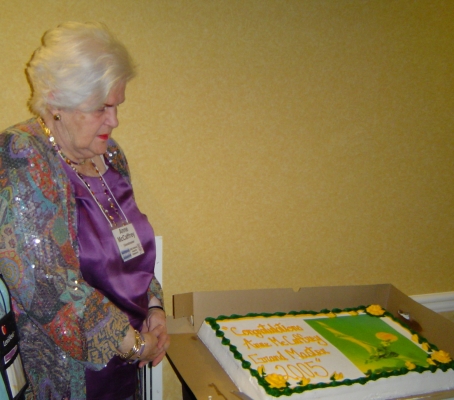
 To outline or not to outline? Ah, the perennial question. The question that’s answered in every possible way by all writers’ guides. The kind of question that often comes up when a writer is being interviewed: are you an “outliner” or are you a “pantser,” as in, do you fly by the seat of your pants? Some writers swear by one, and some swear by the other.
To outline or not to outline? Ah, the perennial question. The question that’s answered in every possible way by all writers’ guides. The kind of question that often comes up when a writer is being interviewed: are you an “outliner” or are you a “pantser,” as in, do you fly by the seat of your pants? Some writers swear by one, and some swear by the other.
